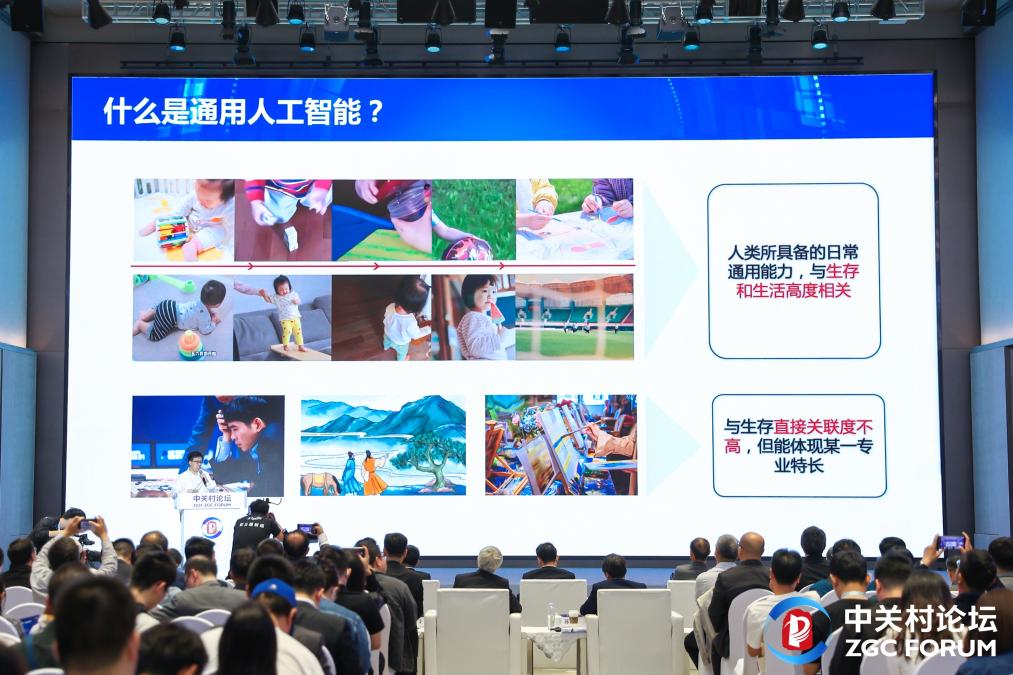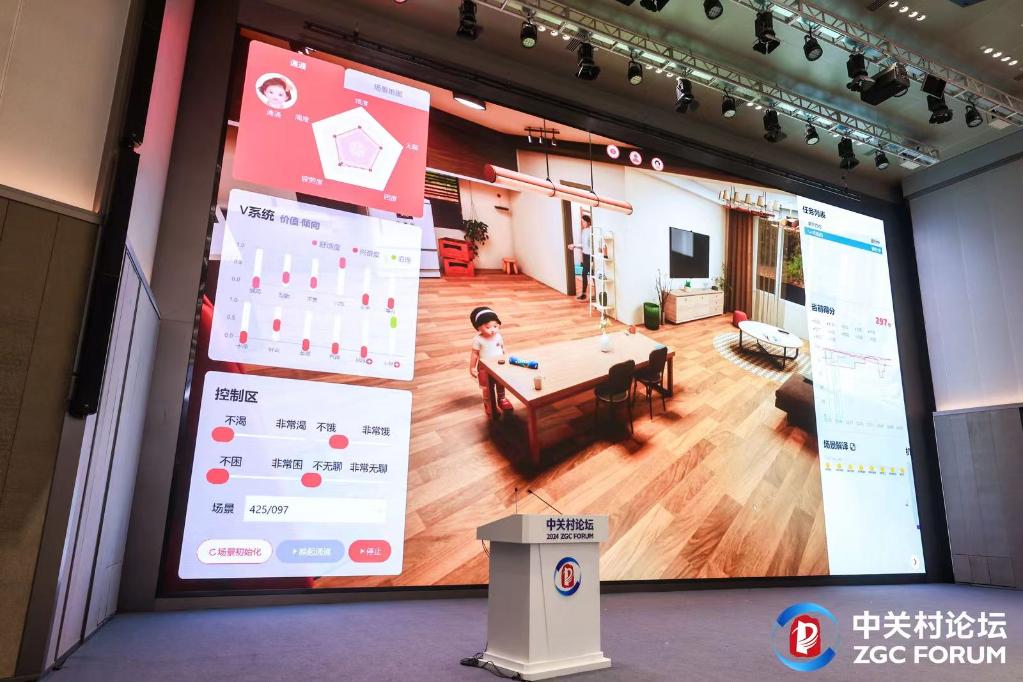He loves to be clean, has an eye for work, takes the initiative to do housework, can remember who stole an apple, can have a bad temper, gets bored, and even watches TV by himself when bored...
At the opening ceremony of the 2024 Zhongguancun Forum Annual Meeting, the world's first general intelligent human "Tongtong" was unveiled and was selected as one of the top ten major scientific and technological achievements.

The advent of "Tongtong" is not only an important leap in technology, but also a forward-looking exploration of the future development path of general artificial intelligence, allowing us to see the scientific paradigm shift from data-driven to value-driven.
Some netizens asked: " What kind of intelligence is general artificial intelligence? " The reporter interviewed Zhang Yang, director of the International Exchange Department of the Beijing Institute of General Artificial Intelligence, at the General Artificial Intelligence Forum to answer relevant questions.

Q: What is general artificial intelligence?
Answer: General artificial intelligence is to make intelligent agents like humans, not only able to independently perceive the environment, think, make decisions, learn new skills, and perform tasks, but also be able to effectively collaborate with humans or other intelligent agents. At the same time, the intelligent agent can understand human emotions and follow social ethics and moral norms.
General artificial intelligence must have three basic characteristics: First, it must be able to complete unlimited tasks, rather than only completing a limited number of tasks defined by humans. Second, we need to discover tasks independently in the scene. This is what we usually call “having a clear eye”. Third, it must be driven by independent values rather than passively driven by data.
At the same time, general artificial intelligence also needs to solve some key technical issues, such as building a cognitive architecture for agents so that agents can be value-driven, take effective actions in the real world, interact with the social environment, and enable agents to make decisions. The process is transparent and explainable, and a trusting relationship with humans is established.

Q: What is the difference between general artificial intelligence and large models?
Answer: The large model paradigm can be considered as the "parrot paradigm" based on the architecture of "big data, small tasks". In essence, it can be considered as a complex query that requires a large amount of repeated data for training. Currently, the artificial intelligence model driven by big data, big computing power and big models faces many problems in industrial implementation, such as difficulty in implementing in complex scenarios.
The scientific research paradigm of general artificial intelligence is the "Crow Paradigm" based on "small data, big tasks". The intelligent agent behaves as autonomous intelligence, capable of autonomous perception, cognition, reasoning, learning and execution, and does not rely on big data. , unsupervised learning based on unlabeled data, and intelligent system with low power consumption. Just like the behavior of a crow drinking water, it seems simple, but it is an autonomous reasoning behavior. It is an advanced intelligence driven by value and cause and effect, and is also the future development trend of artificial intelligence.

Q: What will general artificial intelligence bring to people’s lives?
Answer: General artificial intelligence is a typical representative of new productivity. "Tongtong" is the prototype of general artificial intelligence. She has the complete mind and value system of a three- or four-year-old child, and is still being rapidly iterated. "Tongtong" can be used as a universal base to support various vertical application scenarios, forming tens of millions of "universal intelligent people", focusing on seven major fields: emergency response, transportation, energy, health care, education, government affairs, and manufacturing, empowering thousands of industries.
In the future, scientific research institutions will join forces with ecological enterprises to build vertical field intelligence, accelerate the industrial transformation of general artificial intelligence technology innovation, and assist the construction of the digital economy.